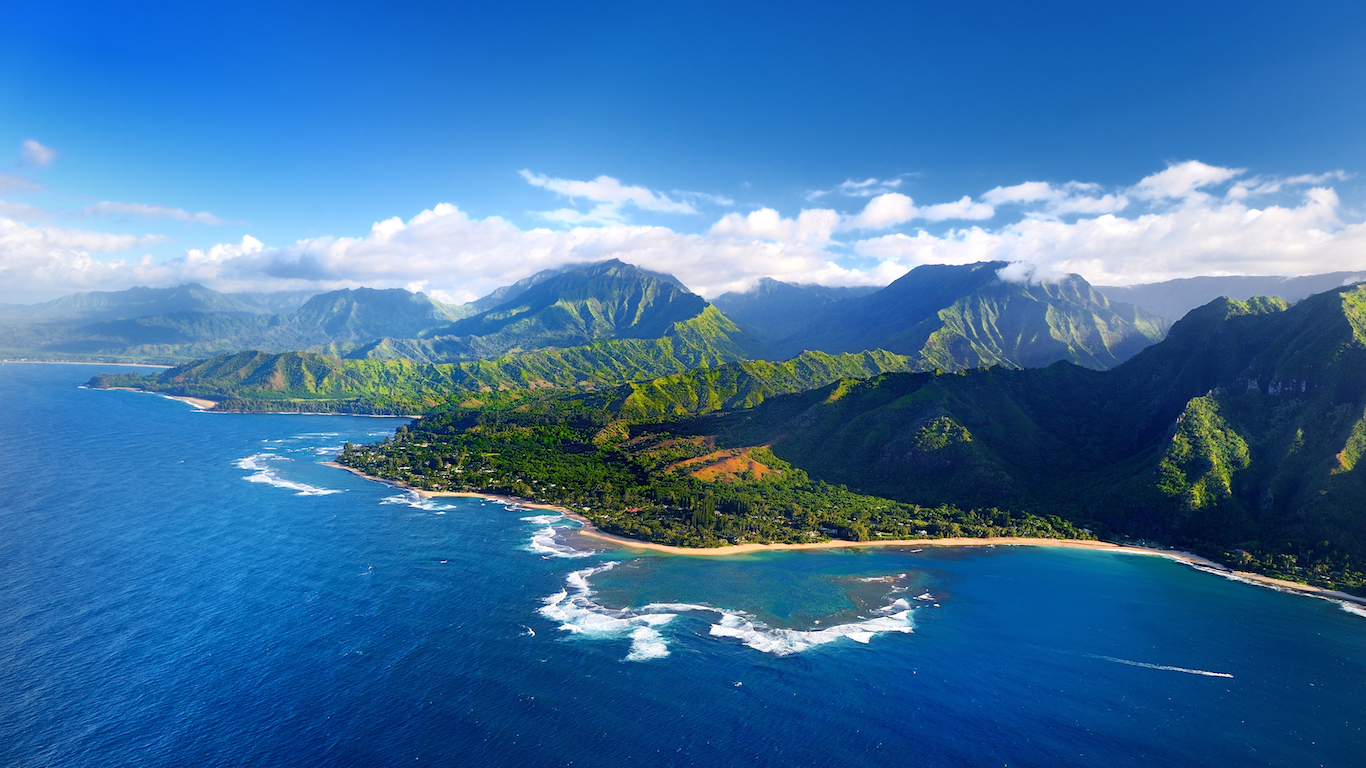Health and Healthcare
COVID-19: This Is the Safest County in the Safest State

Published:

Confirmed COVID-19 cases in the United States have rocketed above 19.7 million, and as many as 200,000 new ones are announced each day. Fatal cases have reached almost 342,000 and have started to jump by 3,000 per day. There is anxiety that the fatal case count per day could double within a month. Additionally, current counts are artificially low because the departments in many states that report figures have been closed for the holidays.
Matters will, in fact, worsen. The Institute for Health Metrics and Evaluation at the University of Washington’s School of Medicine has one of the most carefully followed and widely regarded COVID-19 prediction models for deaths, daily infections, testing, mask use, hospital resource use and social distancing. Its scientists forecast that 509,000 Americans will die by April 1, if Americans do not take more aggressive measures to arrest the spread of the disease.
The figures for cases and deaths vary widely from state to state. What was a problem in the Northeast and in Illinois and Michigan in March and April spread to the West and South in the summer. More recently, the Upper Midwest, particularly North and South Dakota, Wyoming and Minnesota have been savaged. Finally, in most recent days, areas as wide apart as Rhode Island, California and New Mexico has been hit hard.
One state stands out with the lowest number of cases per 100,000, which is the standard measure of the presence of COVID-19 in any geographic area. Hawaii’s figure is 7.0. Vermont, the next state among those with the lowest confirmed case count per 100,000 has 13.6. At the far end of the spectrum, California has 99.2, followed by Tennessee at 79.7 and Arizona at 78.9. The contrast between the top and bottom of the list is staggering.
In Hawaii, Kauai County has a count of 1.2 per 100,000 based on the most recent seven-day average, which is the lowest in the state. Total cases in the county are only at 145, and only one person has died. The county has a population of 72,293. The people are spread across a large area of 1,266 square miles, 620 square miles of which are on land. That is an area over four times the size of Detroit, which is home to almost 700,000 people.
What Hawaii has done to keep cases down is not magic. It has followed strict protocols, particularly to keep outsiders out. That has changed slightly in the past few days. There had been a 14-day quarantine restriction for people traveling to the state, unless they could present a negative COVID-19 test. The state has relaxed these slightly. Some claim that is because the loss of tourism has damaged the economy so badly.
Mask wearing and social distancing are also part of day-to-day life, compared to states that have been hit much harder.
Base on a raw count of confirmed cases, Hawaii ranks second lowest in the country at 21,109. Vermont’s count is the lowest at 7,202. Hawaii also has had 285 fatal cases.
The largest states in terms of the population have taken the brunt of the disease, as would be expected. California’s confirmed case count is 2,210,853. Deaths number 24,544. The confirmed case count in Texas is 1,715,978. Fatalities stand at 27,285. The confirmed case count in Florida is 1,292,252, while deaths are at 21,715.
New York State is a case unto itself. While it ranks fifth in confirmed cases at 943,990, coronavirus deaths there total 37,118. The state was so badly hit in March and April, particularly in New York City and the surrounding areas, that the fatal case number almost certainly will not be topped by any state, even as infections spread more rapidly nationwide.
From New York, Hawaii is thousands of miles away in more than one sense.
Are you ahead, or behind on retirement? For families with more than $500,000 saved for retirement, finding a financial advisor who puts your interest first can be the difference, and today it’s easier than ever. SmartAsset’s free tool matches you with up to three fiduciary financial advisors who serve your area in minutes. Each advisor has been carefully vetted and must act in your best interests. Start your search now.
If you’ve saved and built a substantial nest egg for you and your family, don’t delay; get started right here and help your retirement dreams become a retirement reality.
Thank you for reading! Have some feedback for us?
Contact the 24/7 Wall St. editorial team.